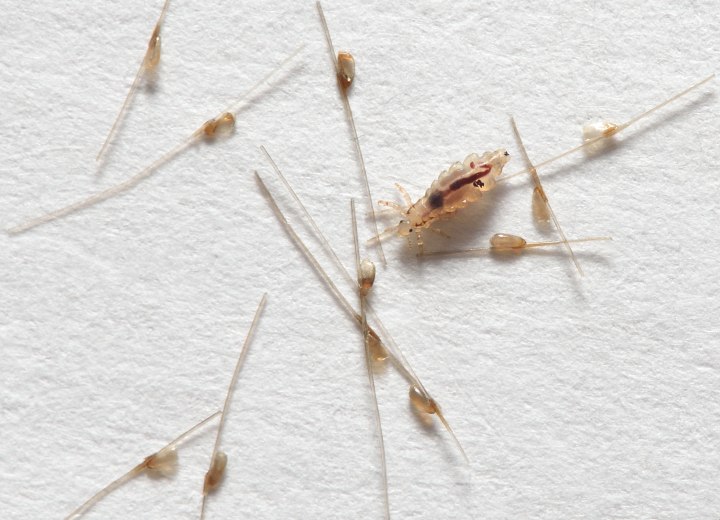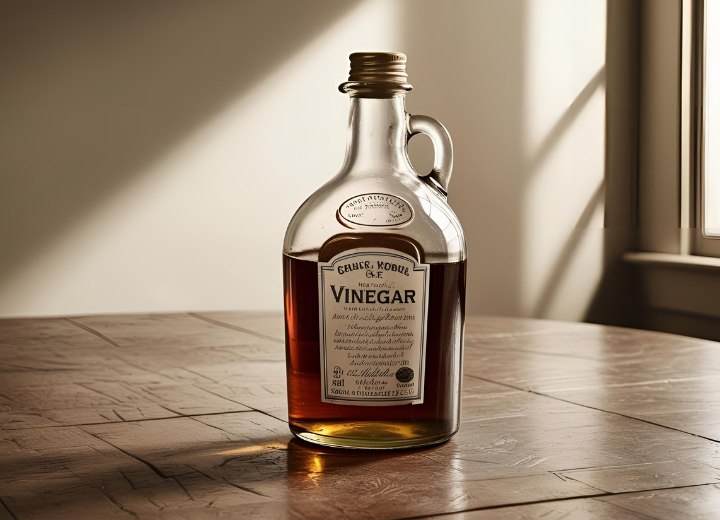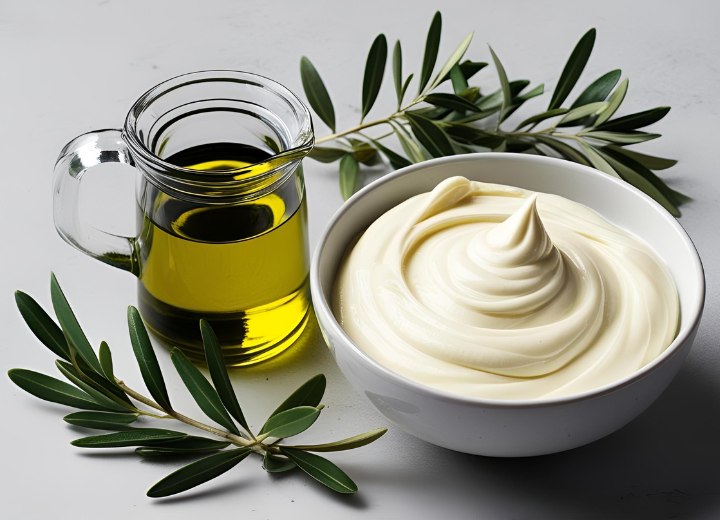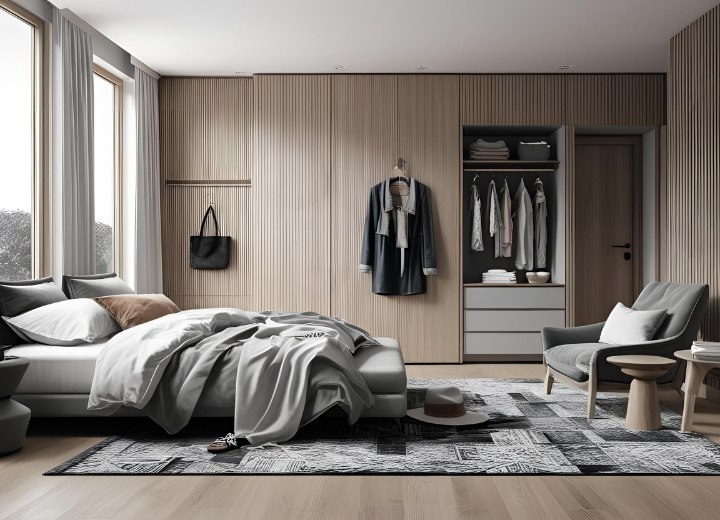Home Remedies for Head Lice

A: Head lice infestations can be incredibly frustrating to deal with, and I completely understand your desire to find affordable solutions using items you likely already have in your home. Many people turn to home remedies either to save money or because they prefer avoiding chemical treatments, especially for young children or those with sensitive skin.
The effectiveness of home remedies varies depending on how thoroughly you apply them and your commitment to the complete treatment process. The trade-off for avoiding commercial chemicals is typically an increase in time and physical effort required to fully resolve the infestation. However, with patience and persistence, these natural methods can sometimes be successful.

White vinegar or apple cider vinegar can be highly effective against lice due to their acidic properties. Here's how to use it:
Start by thoroughly soaking your hair with vinegar. Cover your hair completely with a shower cap or plastic bag, securing it tightly to prevent evaporation. Allow the vinegar to remain on your scalp for at least 30 minutes, though some people leave it on for up to an hour for better results.
After the vinegar soak, wash your hair with a strong, clarifying shampoo to remove the vinegar smell and any loosened lice. Follow up with another vinegar rinse, but this time let your hair air dry naturally without rinsing out the vinegar. The acidic environment makes it difficult for remaining lice to survive and loosens the glue that attaches nits (lice eggs) to hair shafts.
While your hair is still damp, section it carefully and use a fine-toothed metal lice comb to methodically remove any visible lice and nits. Work through each section multiple times, wiping the comb on a paper towel or rinsing it in a bowl of soapy water between passes to remove captured lice and eggs. Pay special attention to areas behind the ears and near the neckline, as these are common hiding spots.
The vinegar treatment should kill most adult lice within a day or two, but the lifecycle of lice means you'll need to repeat the entire process after 5-7 days to catch any newly hatched nymphs before they mature and reproduce.

Mayonnaise works by suffocating lice through its thick, oily consistency. To try this approach:
Apply a generous amount of regular mayonnaise throughout your hair, making sure to cover the scalp and all hair strands completely. The layer should be thick enough that your hair feels saturated. Cover your hair with a shower cap or plastic wrap and let the mayonnaise sit for at least two hours.
After the designated time has passed, comb through your hair with a fine-toothed lice comb before shampooing. The mayonnaise makes the hair slippery, which can help the comb glide through and remove both lice and nits more easily. Follow up with a thorough shampoo, possibly washing twice to remove all the mayonnaise residue.
As with the vinegar treatment, you'll need to repeat the mayonnaise application after 5-7 days to address any newly hatched lice that may have survived the first treatment.
Olive Oil Treatment
Similar to mayonnaise, olive oil can suffocate lice and make them easier to remove. Coat your hair thoroughly with warm (not hot) olive oil and cover with a shower cap. Leave the oil on for at least 2-3 hours before combing with a fine-toothed lice comb and then shampooing. Many people find olive oil leaves less residue than mayonnaise and has a more pleasant smell.

It's crucial to understand that treating your hair is only part of the solution. Lice can survive for 24-48 hours off the human head and may be present on bedding, furniture, clothing, brushes, and other fabric-covered surfaces that have come in contact with an infested person's head.
To effectively eliminate a lice infestation:
1. Wash all bedding, clothing, hats, and recently worn items in hot water and dry on high heat. The heat kills both lice and nits.
2. For items that cannot be washed, seal them in plastic bags for at least two weeks. Without a human host, lice will eventually die.
3. Vacuum furniture, car seats, and carpets thoroughly, especially in areas where the infested person has spent time.
4. Soak combs, brushes, and hair accessories in hot water for 10 minutes, or in a solution of lice shampoo or rubbing alcohol for an hour.
While you might need to invest in a fabric-safe lice spray for furniture and larger items that can't be bagged or washed, you can make a do it yourself alternative by mixing water with several drops of tea tree oil in a spray bottle. While not as proven as commercial products, this may help deter lice from inhabiting these surfaces.
Persistence is key when dealing with lice. Even if you think you've eliminated the problem after one treatment, follow through with the second application to ensure complete eradication. While these home remedies can be effective, if an infestation persists despite several treatment attempts, you may need to consult with a doctor about prescription alternatives.
©Hairfinder.com
See also:
Head lice treatments
Human hair and fleas
Household hints for a beautiful you.